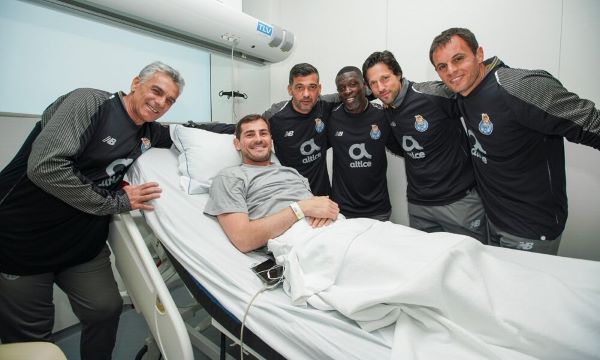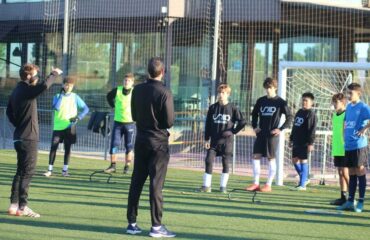Psychological competences involved in injuries
There are many cases in which sportsmen and women have to recover from an injury. In all sports, a series of warm-up exercises are carried out prior to the start of the sporting activity and stretching exercises once the activity has finished, both types of exercises are carried out as a way of preventing possible injuries and the damage that these can cause to the sportsperson him/herself, their coaches and the different members of the team to which they belong. In addition, injuries do not differentiate the type of sport, age, gender or the level at which the sport is practised (formative stages and high performance sport).
This means that here at FC Porto Dragon-Force, from the youngest players in grassroots football to the amateur team and all the intermediate categories are at risk of injury. This is also more possible in our international football academy teams due to the intensity and frequency of training or in our third division football team, where training is fully professionalised. In order to try to minimise this circumstance as much as possible, from the club we want to emphasise those factors that allow us to achieve this goal, reducing the risk of injury and always keeping the players who are part of FC Porto Dragon Force and the Inter-Action Soccer Academy active.
The appearance of injuries depends in many cases on external factors such as: weather conditions, the state of the terrain where the sport is practised or the intensity with which it is practised. But we cannot omit the importance that psychological factors have on the appearance of injuries. Among all of them, we can highlight the level of stress with which sportsmen and women start their sporting activity, as a high level of stress can cause: firstly, that the attention is not kept solely focused on the sporting activity, as stressful personal circumstances can keep the mind busy and, secondly, stress causes high muscle tension, which makes it easier for these muscles to reach the point of injury.
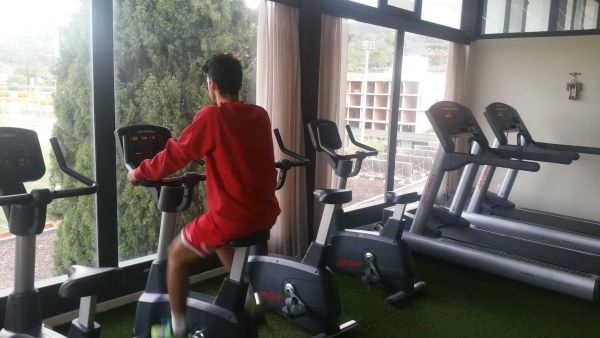
How to prevent the onset of injuries
It is for these reasons that we consider it important to highlight different strategies for the psychological prevention of injuries.
The first of these, due to the above, is to apply relaxation exercises prior to the start of the activity (such as at home before going to the club, especially in times of increased academic demands) to try to minimise the stress with which the players come to their respective training sessions. Another strategy would be to increase the players’ concentration on the activity to be carried out (you can talk to them about football or about their team to increase their concentration before training starts). The last one would be the setting of objectives, i.e. that all members of the club are clear about their motivation to belong to this club and to be part of its team, as well as the objectives to be achieved during the training sessions.
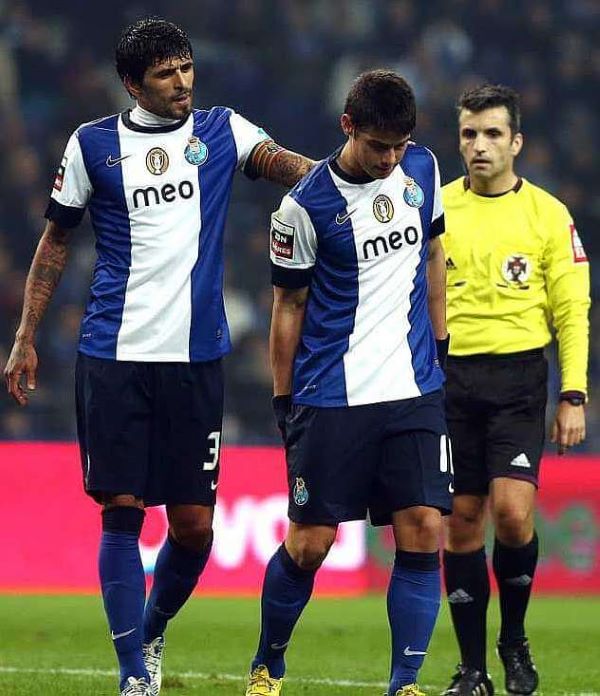
Consequences of injuries to players
When suffering an injury, the athlete must know how to adapt by coping with a new circumstance in all aspects of his/her life, which is why the people around him/her still give him/her the opportunity to feel useful and celebrate his/her improvement with everything he/she manages to do. Her life will also be altered in the different extra-sporting activities in which she participates (such as the centre where she studies or her job).
All these changes can make the athlete more irritable, but it is important to understand that this phase of anger and sadness is quite normal for injured players as it prevents or delays the goals they have set themselves. Therefore, a new objective must be added for injured people, which is to achieve acceptance and reorganisation of their thoughts, i.e. to focus the new work on an effective and as early as possible recovery.
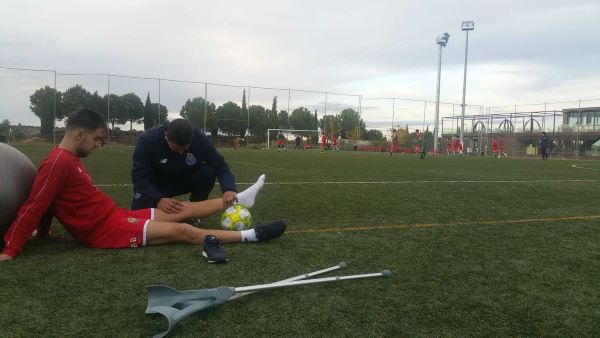
What to do to help the injured player
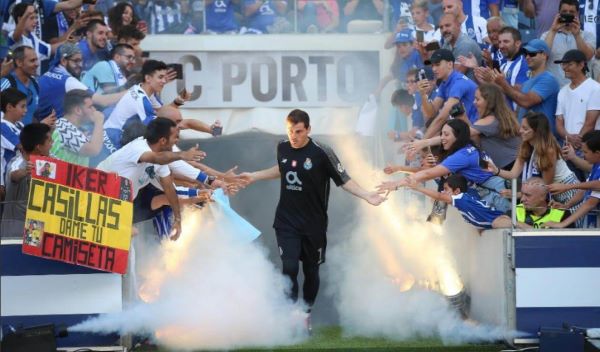
In order to carry out an intervention that optimises recovery from injury, it must be borne in mind that this is a multidisciplinary task. On the one hand, the medical team must inform the player of the type of injury, as well as the severity and approximate recovery time. The other members of the club must also support the injured person so that they feel that they are taken into account within the club and the team, which will make them feel more encouraged to face the recovery from the injury with high spirits and with a lot of motivation to return to help the team continue to achieve its objectives.
But perhaps the most important factor is the support that the player should receive from the people closest to him, those with whom he lives, as during the period of the injury he will spend the most time with them. Their friends and family are the ones who, if they make them feel important and determined, can help the most depressive phase of the injury to pass as quickly as possible, thus helping the player to accept that they have an injury and that the best thing they can do for themselves and for those around them is to approach the recovery phase from the perspective of effort and optimism.
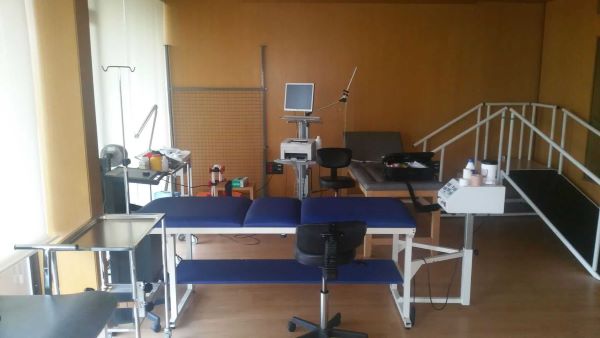
Bibliografía:
Modelo de Estrés y Lesión de Andersen y Williams (1988)
Factores psicológicos de la lesión deportiva. Intervención psicológica en los procesos de prevención y rehabilitación. Olmedilla, A., y González, L.E. (2002).
Modelo integrado de la respuesta psicológica a la lesión y al proceso de rehabilitación de Wiese-Bjornstal, Smith, Shaffer y Morrey (1998)



